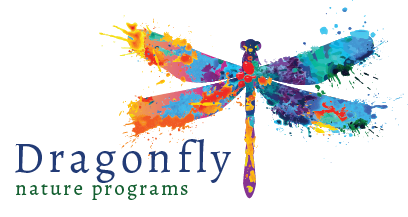Handsome Gibbon and I spent nearly 6 months together. He loved shrimp and blueberries.
I met Gibbon on the way to work one September morning. I drove past him just as he took his first step onto the busy two lane road behind my house. I just knew I had to check on him, so I turned around and sure enough, I found him on his back, thankfully not crushed or broken but bleeding profusely from his mouth. I scooped him up and headed to Raleigh.
We were lucky that day. I felt lucky for seeing him at all. I felt lucky to have an extra tub in the car that he could rest in. I felt lucky that I happened to be teaching just 3 miles away from the turtle hospital at NC State University. I was able to get him admitted and asked the veterinary student if I could be his rehab home when he was ready.
Months passed. I knew there was a chance he wouldn’t ever make it out of the hospital but come November I got the call and proceeded to pick up turtle #40318, aka Gibbon the box turtle. Each year the hospital picks a theme to inspire names and 2018’s was animals. The 403 on his tag (written on tape adhered to his shell) meant he was the 403rd turtle admitted to the hospital in that year, 2018. Sit with that number for a second.
He came home to overwinter. Typically, box turtles sleep through the winter, only venturing out on warm days. But, since Gibbon had been in a crowded hospital with dozens of other injured turtles, there was a possibility that he picked up an infection. He needed to clear any sickness and get stronger if he were to return to the wild come spring. My job was to keep him warm and active which meant baths, heating lamps, exercise bouts in the sun and fresh food.
He seemed despondent. No appetite, few bowel movements. He was slow, even for turtle standards, and he held his head, cocked to the left. While I didn’t actually see the accident, I suspected he was clipped in the head suffering neurological damage. Who knew if he would recover.
Bath time seemed the most therapeutic for Gibbon. He would soak, float and eventually began to swim, but only in circles, to the left. Never a right hand turn. Sometimes he would turn into a piece of shrimp and reach out for a bite. He would return to his habitat and become listless once again. He ate enough for me not to call the hospital for help, but not enough for me to feel good about his recovery.
March rolled around and he needed a check-up. I drove him back to the hospital. He was slow to respond to stimuli, hadn’t gained much weight and was not ready for release. I was crushed. But we returned home to take advantage of warmer spring days with time in the sun and sounds of the forest to inspire his recovery.
It was on such a sunny day that I decided to let him swim in my small backyard pond. I slid him in and he immediately turned left. Circle, circle…. then straight! He swam straight across the 5 foot pond and was able to pull himself out onto dry rocks. It was a turning point in his recovery. Thereafter he ate more, moved more, defecated more and his head tilt was less prominent. Finally, Gibbon was on the mend!
One month later and we were back for a re-evaluation. This time, he passed! Triumph! It was time for Gibbon to go home and for me to say good-bye. After removing his hospital tape, I asked him to please stay out of the road then sent him on his way, into the woods behind my house, about 300 yards from the accident site.
I haven’t seen him since, but for sure, every box turtle I come across is held long enough for me to check shell patterns against old photos. Maybe one day.
A turtle is being examined.
I have so much admiration for the NC State University Turtle Rescue Team. Not every family can provide rehabilitation support, but you can report injuries, drop off turtles or donate money.



